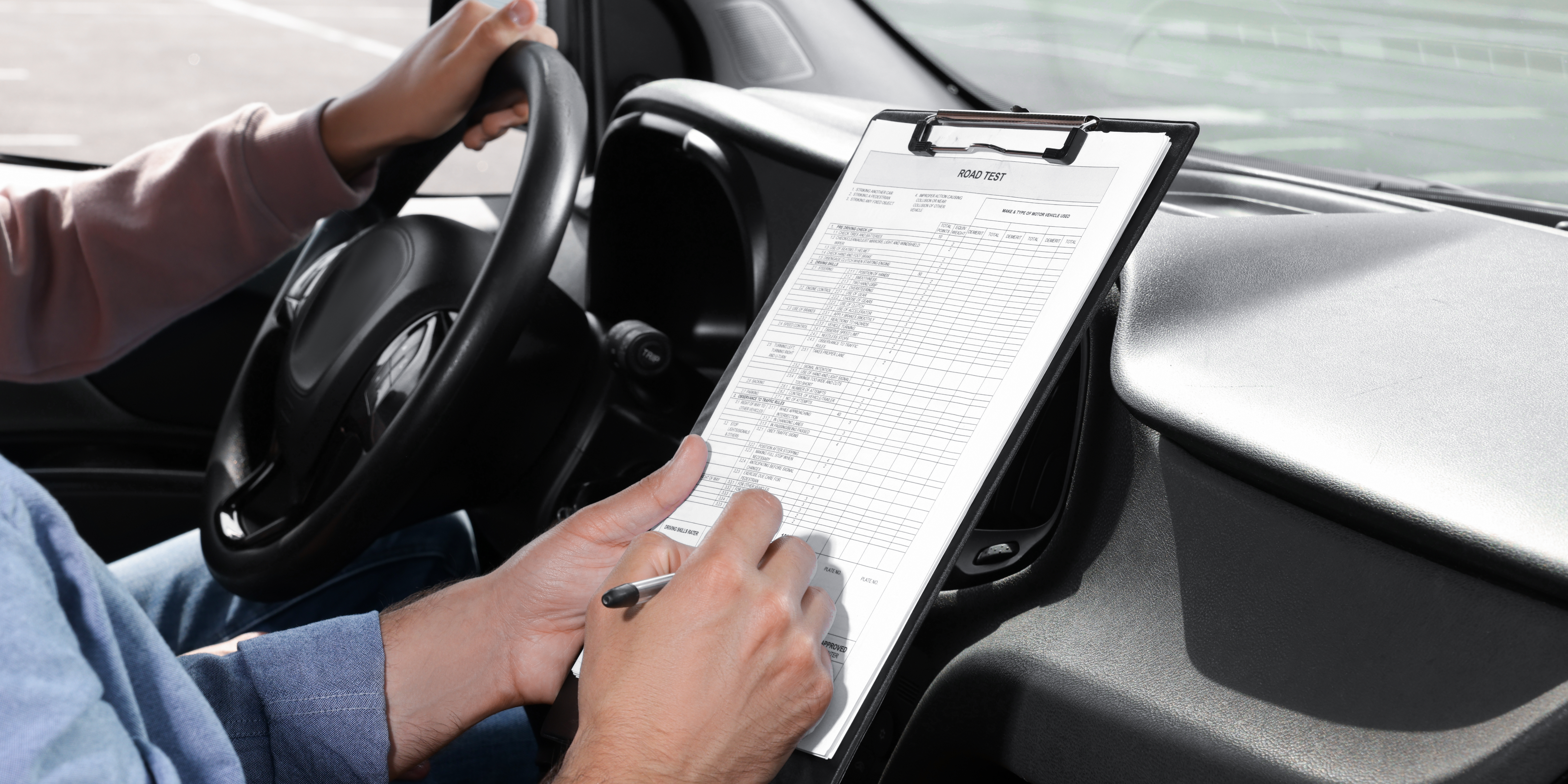In today’s fast-paced world, distractions are everywhere, and unfortunately, they often find their way into our vehicles. Distracted driving has become a significant concern, contributing to thousands of accidents and fatalities each year.
Understanding the risks associated with distracted driving and learning how to avoid them is crucial for promoting safer roads and protecting lives.
The Risks of Distracted Driving:
Distracted driving encompasses a wide range of activities that divert a driver’s attention away from the road. One of the most common forms of distraction is the use of mobile devices, including texting, making phone calls, or browsing social media while driving. However, distractions can also come from within the vehicle, such as adjusting the radio, eating or drinking, or conversing with passengers.
The dangers of distracted driving cannot be overstated. When a driver’s attention is divided, their reaction time slows down significantly, increasing the likelihood of accidents. According to the National Highway Traffic Safety Administration (NHTSA), distracted driving claimed 3,142 lives in 2019 alone, accounting for 9% of all fatal crashes in the United States.
Moreover, distracted driving doesn’t just endanger the driver; it puts passengers, pedestrians, and other motorists at risk as well. Even a momentary lapse in attention can have devastating consequences, leading to injuries, disabilities, or even fatalities.
How to Avoid Distracted Driving:
- Put Away Your Phone: One of the most effective ways to prevent distracted driving is to stow away your phone while behind the wheel. Consider turning it off or activating the “Do Not Disturb” mode to minimize distractions. If you must use your phone for navigation or emergencies, pull over to a safe location before doing so.
- Plan Ahead: Before hitting the road, take care of any potential distractions. Set your GPS, adjust the radio, and secure any loose items in your vehicle. This will minimize the need to multitask while driving and allow you to focus solely on the road ahead.
- Limit Passengers: While it’s tempting to engage in conversations with passengers, too much chatter can be distracting. Limit the number of passengers in your vehicle, especially if they tend to be loud or disruptive. If necessary, politely ask them to keep the noise level down to ensure a safer driving environment.
- Avoid Eating and Drinking: Eating or drinking while driving may seem harmless, but it diverts your attention away from the road. Avoid consuming food or beverages while behind the wheel, and if you need to eat, pull over to a designated rest area.
- Take Breaks: Long hours of driving can lead to fatigue, which impairs your ability to concentrate. Take regular breaks to rest and stretch your legs, especially during long trips. This will help you stay alert and focused on the task at hand.
- Use Hands-Free Technology: If you need to make a phone call while driving, use hands-free technology such as Bluetooth or voice commands. This allows you to keep your hands on the wheel and your eyes on the road while staying connected.
- Lead by Example: Set a good example for others by practicing safe driving habits yourself. Encourage your friends and family members to avoid distractions while driving and remind them of the risks involved.
In conclusion, distracted driving is a serious problem that continues to pose a threat to road safety. By understanding the risks associated with distractions and taking proactive measures to avoid them, we can all play a part in reducing accidents and saving lives. Remember, no text message or phone call is worth risking your safety or the safety of others on the road. Stay focused, stay alert, and drive safely.
Click here to view our different packages or click here to book your road test.
Lastly, our services are extended to Toronto, North York, Etobicoke, Scarborough, Vaughan and Brampton.



